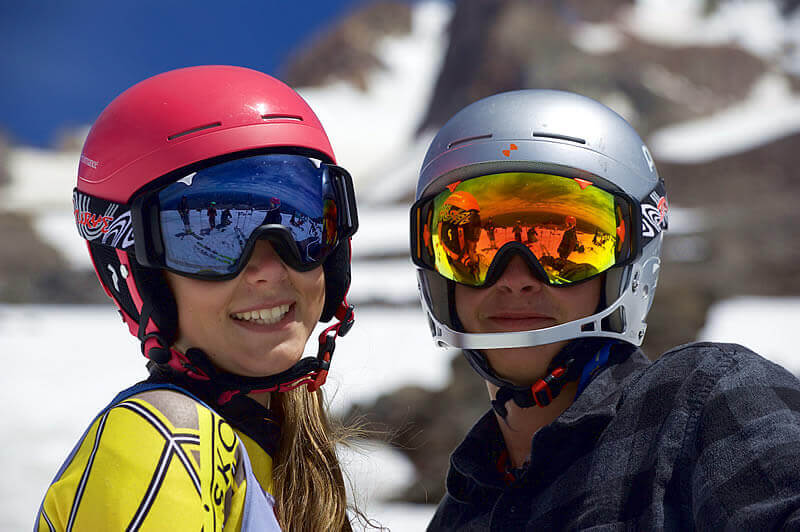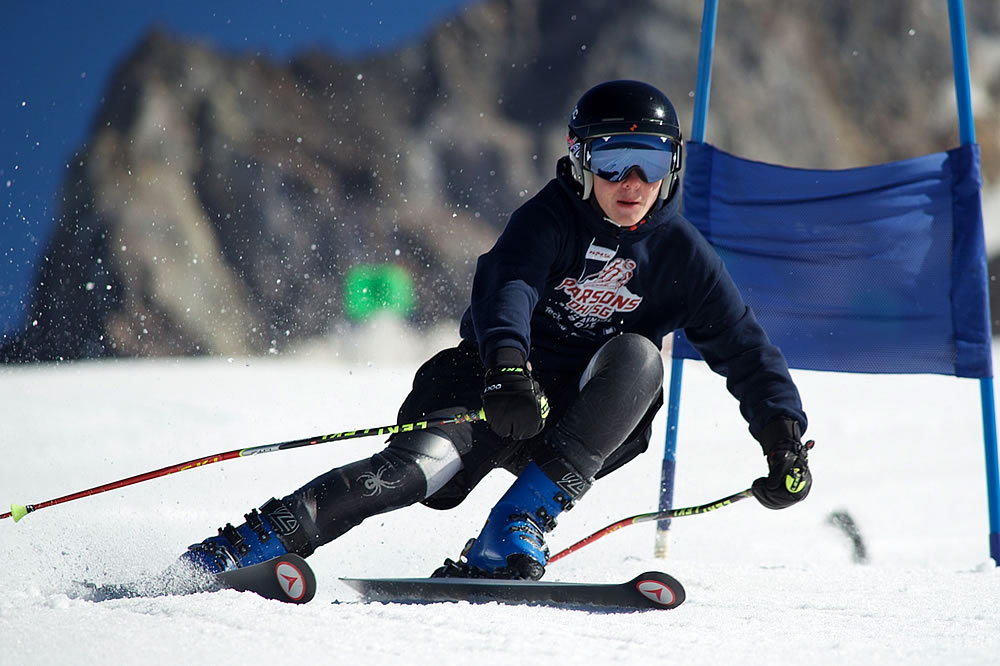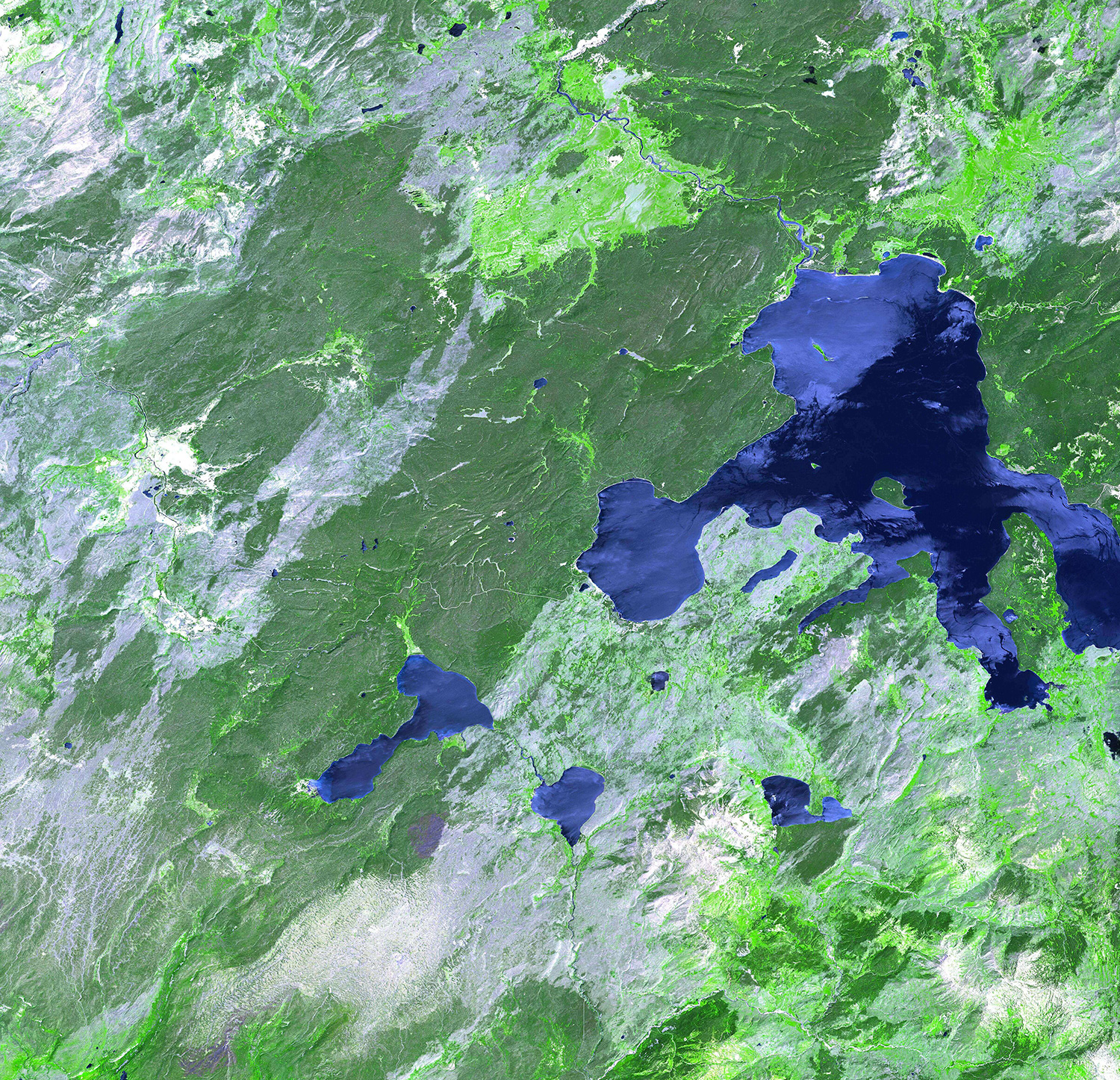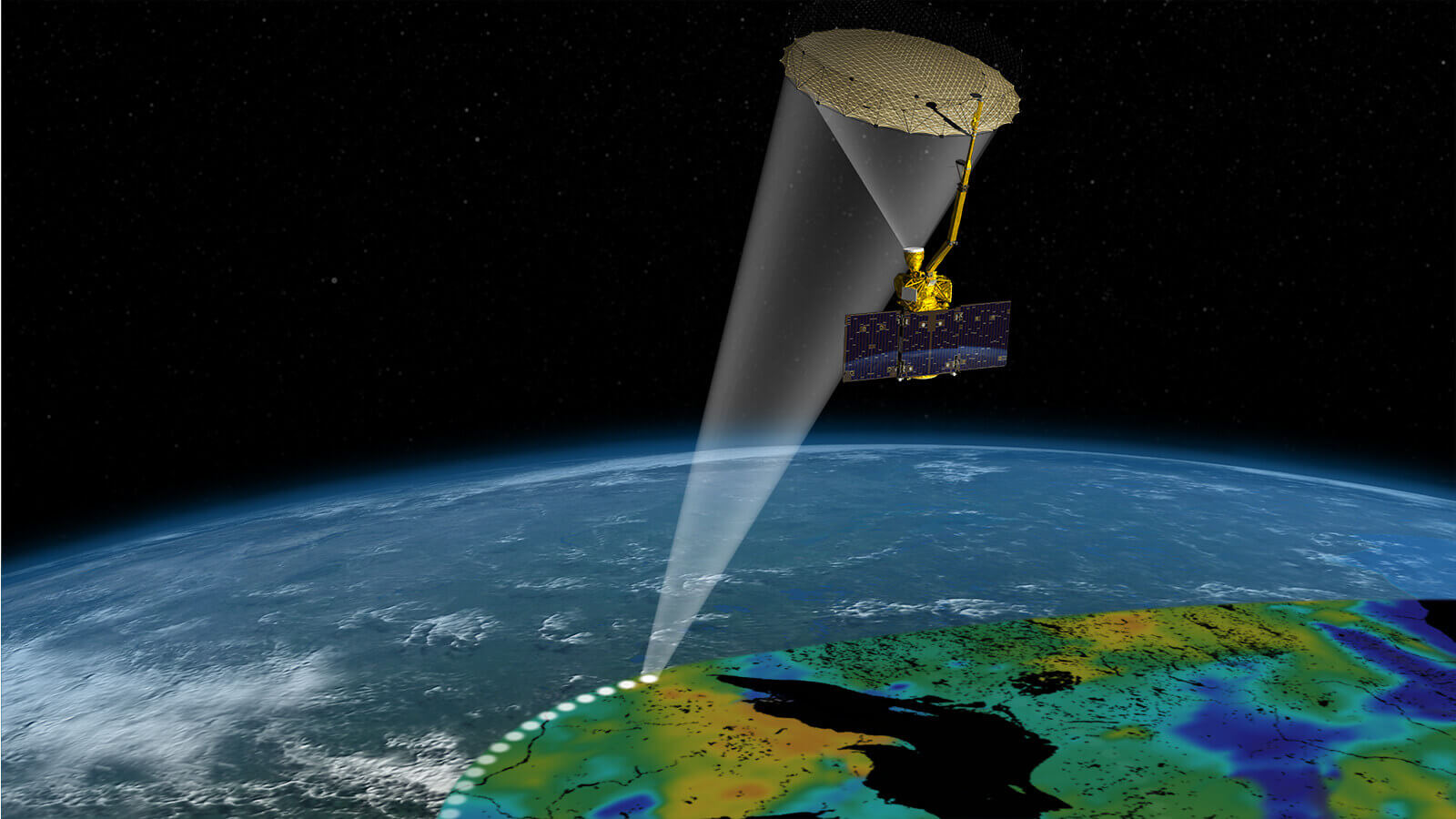



Skiers face extremely bright sunlight, especially when it's reflected off the white snow. That can make it hard to see, and not just because of glare: all the blue in sunlight makes it harder to discern colors at the edge of the visible light spectrum, like reds. A NASA-designed filter helps block up to 95 percent of blue light, making it easier for skiers to see the terrain clearly.
NASA uses aerial photography and satellite imagery to study changes in the Earth's environment and landscape. But a quirk of human vision sometimes makes it hard to see certain details in the imagery: although humans are excellent at seeing greens and blues, it is harder to see reds when those colors are present. One simple and cost-effective solution—an optical filter to block green light—helps pick out the objects camouflaged within the greens of a forest. It also had an unexpected bonus: when plants are in distress, their chlorophyll content changes, and it shows up as red and infrared. The lenses make that visible for scientists.
Learn more about how NASA helped develop technology that impacts blue-light cancelation within your home's living room environment!